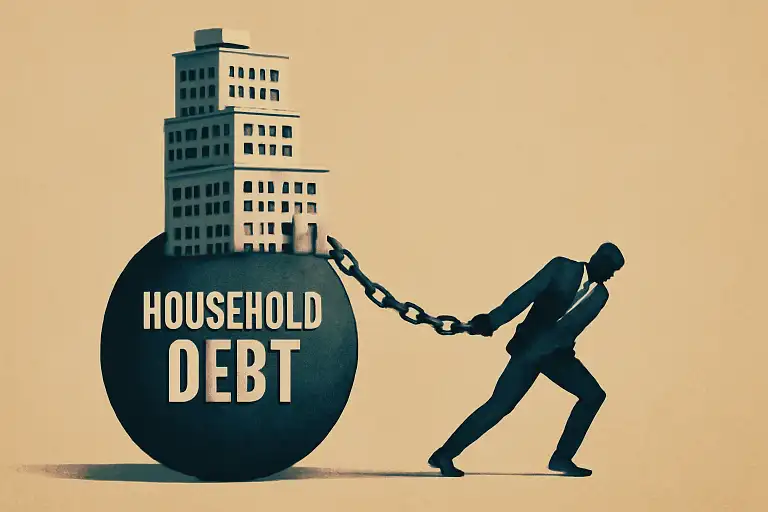South Korea Faces Persistent High Inflation Amid Climate Change

Seoul, South Korea — South Korea is grappling with the prospect of entrenched high inflation, driven not just by temporary economic pressures but by a deepening structural crisis exacerbated by climate change. The government's optimistic forecast for inflation stabilization appears increasingly out of reach as consumer prices continue to rise.
The Korean economy faces a perfect storm of high exchange rates and interest rates, pushing up production costs and fueling inflation. Despite government projections earlier this year predicting a peak in March with a stabilization to mid-2% by the second half, recent trends suggest otherwise. The Consumer Price Index rose 3.1% year-over-year in March, marking a consistent trend of 3% inflation rates for several consecutive months.
Climate change is contributing to this inflationary pressure, termed 'climateflation,' where natural disasters and extreme weather decrease agricultural production globally. This reduction in supply drives up food prices, affecting staples such as coffee, cocoa, sugar, and olive oil. The prices of these commodities have soared due to poor harvests in major producing regions, exacerbated by extreme weather events.
While the government maintains an optimistic outlook, the reality on the ground tells a different story. The recent hikes in international oil prices and currency fluctuations have increased the cost pressures from the supply side, affecting not only food but also broad industrial sectors. For instance, the price of Dubai crude oil has been hovering around $90 per barrel, with predictions of rising up to $130 if geopolitical tensions in the Middle East worsen.
In response, local food industries heavily reliant on imported raw materials, such as flour, sugar, and edible oils, have been particularly hit. Prices for these raw materials have skyrocketed, causing ripple effects across various consumer goods like bread, snacks, and noodles. Major companies, like CJ CheilJedang, report significant exposure to foreign exchange risks, noting potential substantial profit declines with continued currency value fluctuations.
The persistent high exchange rates, coupled with climate-driven agricultural challenges, compound the difficulties facing South Korea's economy. This scenario stresses the need for more substantial fiscal support for vulnerable populations and stabilization measures for agricultural productivity.
The situation is dire, but proactive steps are being taken. The food industry is adjusting business plans and sales targets to mitigate the impacts of rising costs. Some sectors are exploring cost-saving measures by changing import sources and transaction currencies to curb consumer price inflation.
Despite these efforts, the cycle of high prices affecting consumer spending and overall economic health continues. Without effective long-term strategies and international cooperation on climate issues, South Korea's inflation challenges may continue to escalate, underscoring the critical need for integrated economic and environmental policies.



Comments ()